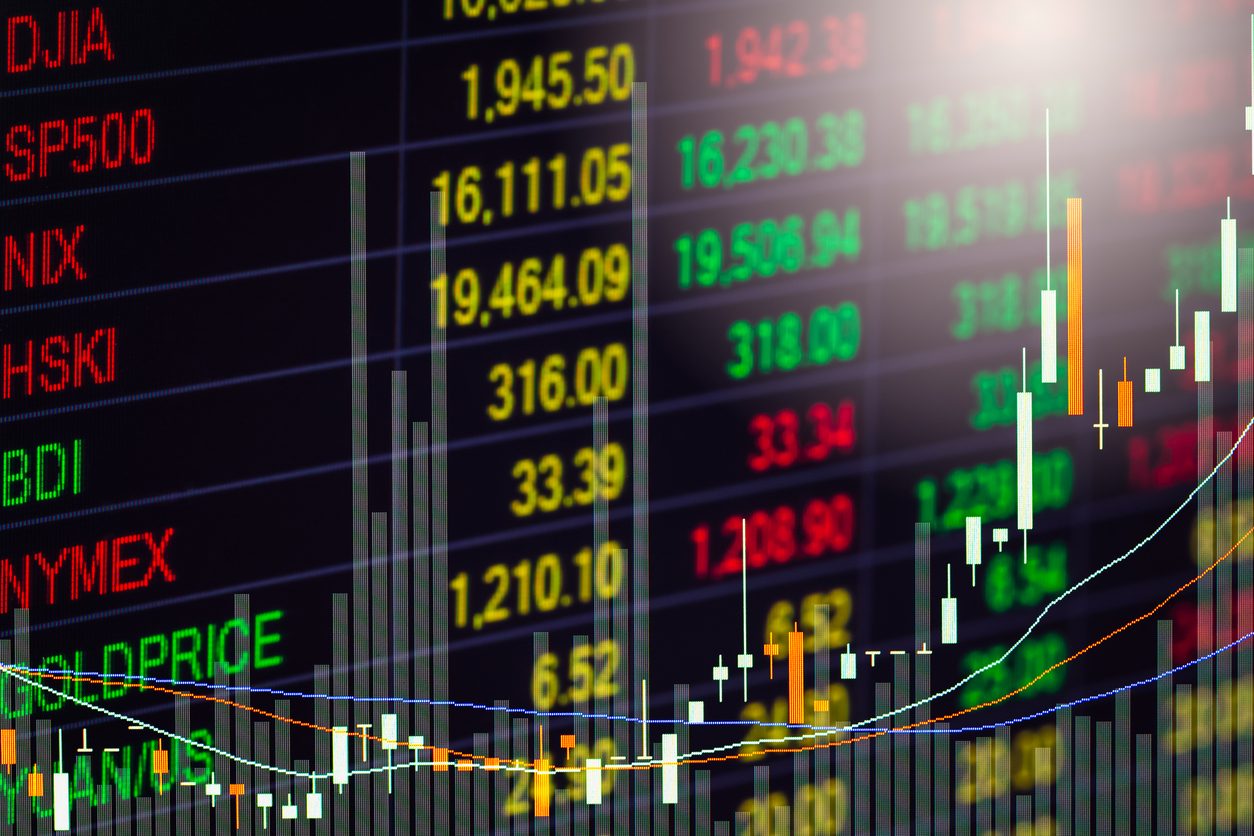
If you are considering adding extra growth potential to your investment portfolio, it’s worth taking a look at UK smaller companies. Smaller companies offer greater potential for long-term growth than their larger counterparts, although this potential does come with greater investment risk.
A few years back, the then Prime Minister David Cameron called small companies “the lifeblood of the UK economy”. It’s not hard to see why. While large companies dominate the headlines, small businesses drive growth, create employment and encourage competition through innovation and disruption. According to the Department for Business, Innovation & Skills, small and medium-sized businesses (businesses with less than 250 employees) make up three-fifths of the employment and around half of the turnover in the UK private sector.
One of the key attractions of investing in smaller companies is their ability to adapt quickly to change. The events of the last 18 months have seen UK smaller companies stay resilient during the heightened uncertainty caused by Brexit and the Coronavirus pandemic. Even more crucially, because of their size, smaller companies are typically more innovative and agile. This means that they can rapidly adapt to new distribution methods or respond to changing customer needs. If they spot an opportunity, they can quickly capitalise on it.
The Alternative Investment Market
Of course, one of the challenges with trying to invest in smaller companies is that it is much harder to know where to find them. The London Stock Exchange is the natural location for larger, more established companies to list their shares, but if you are interested in investing in outstanding – but less well known – British smaller companies, the Alternative Investment Market (AIM) is really the best place to start.
AIM was established in 1995 as a route to market for smaller, growing companies seeking access to capital. Over the years, it has become home to a broad and diverse range of smaller companies operating in a variety of different sectors and at different stages in their own development. Today, AIM is widely recognised as the best smaller companies market in the world – home to innovative, entrepreneurial companies that are challenging their large cap competitors.
Smaller doesn’t always mean small
Despite the name, most smaller companies are probably much larger than you think. For example, companies listed on AIM include well-established household names such as Hotel Chocolat, Naked Wines, and Fever Tree. Although the regulatory requirements for AIM are less stringent than for LSE-listed companies, it is still a highly-regulated market, and companies hoping to list on AIM must meet certain strict criteria before being granted a listing.
Investing in AIM also offers exposure to lots of innovative and fast-growing sectors, including healthcare and bioscience, media, technology, and financial services.
Are smaller companies more risky?
Because of their high-growth nature, smaller companies, including those listed on AIM, are considered at the higher end of the risk/return investment spectrum. Their shares can be more volatile, particularly during general stock market downturns, and carry a higher risk of company failure. Smaller company shares can also be harder to buy and sell, as the market for the shares is considerably smaller. Because of this, AIM is considered as a market that requires an appropriate amount of investment knowledge and equity trading experience.
So, when we talk to clients about the investment potential available from smaller companies, we tell them that investing in AIM is better suited to investors who have a longer-term investment horizon, and are prepared to have their money invested for several years. Investors also need to be mentally prepared for the likelihood that some companies will not succeed, and that they are willing to accept the higher risks associated with investing in such companies.
What else should investors know?
For those investors prepared to accept the higher risks associated with investing in AIM-listed smaller companies, there are tax benefits to consider. For example, AIM shares can be held in an Individual Savings Account (ISA), and there’s no stamp duty to pay on AIM shares, whether they are held in an ISA or not. Also, most companies on AIM benefit from a government-approved tax incentive known as Business Relief, which means that the value of the shares in these companies should become exempt from inheritance tax when the investor dies, subject to minimum holding periods. However, as we’ve noted, investors should remember these tax incentives are intended to offset some of the risks of investing in AIM-listed companies. In other words, investors should think of the tax benefits as an added bonus, not the only reason to invest.
Is now a good time to invest in UK smaller companies?
There are lots of reasons to be positive on the future for UK smaller companies. With most of the world still recovering from the pandemic, central banks and governments are still providing support for their respective economies. As a result, there’s a good chance of a stronger recovery for the rest of this year, and into 2022 and beyond.
And as we have seen over the last 18 months, the pandemic has helped to accelerate a lot of the changing trends in society, increasing the need for remote working, more efficient technology, and a greater focus on health. These are all important trends that smaller companies are arguably best placed to capitalise on. Another important aspect to consider is that lots of successful smaller companies could get ‘snapped up’ by larger competitors, which could greatly increase the value of their shares. Of course, given the higher failure rate of smaller companies, it’s a good idea to find a dedicated portfolio manager who is able to spot those smaller companies with potential and that stand the best chance of long-term success.
Final thought
Investing in smaller companies is a great way to add a dash of excitement and high-growth potential to an investment portfolio. Within the smaller companies universe, especially on the Alternative Investment Market, there are lots of outstanding companies – and entrepreneurs –that are on an exciting growth journey, and would welcome further investment to realise their ambitions. But it’s important to recognise the risks, and to appreciate that not all these great British companies will prove to be great investments. When it comes to smaller companies, finding the right companies is an art in itself.
If you are interested in discussing investments with one of our experienced financial planners at FAS, please get in touch here.
This content is for information purposes only. It does not constitute investment advice or financial advice.













